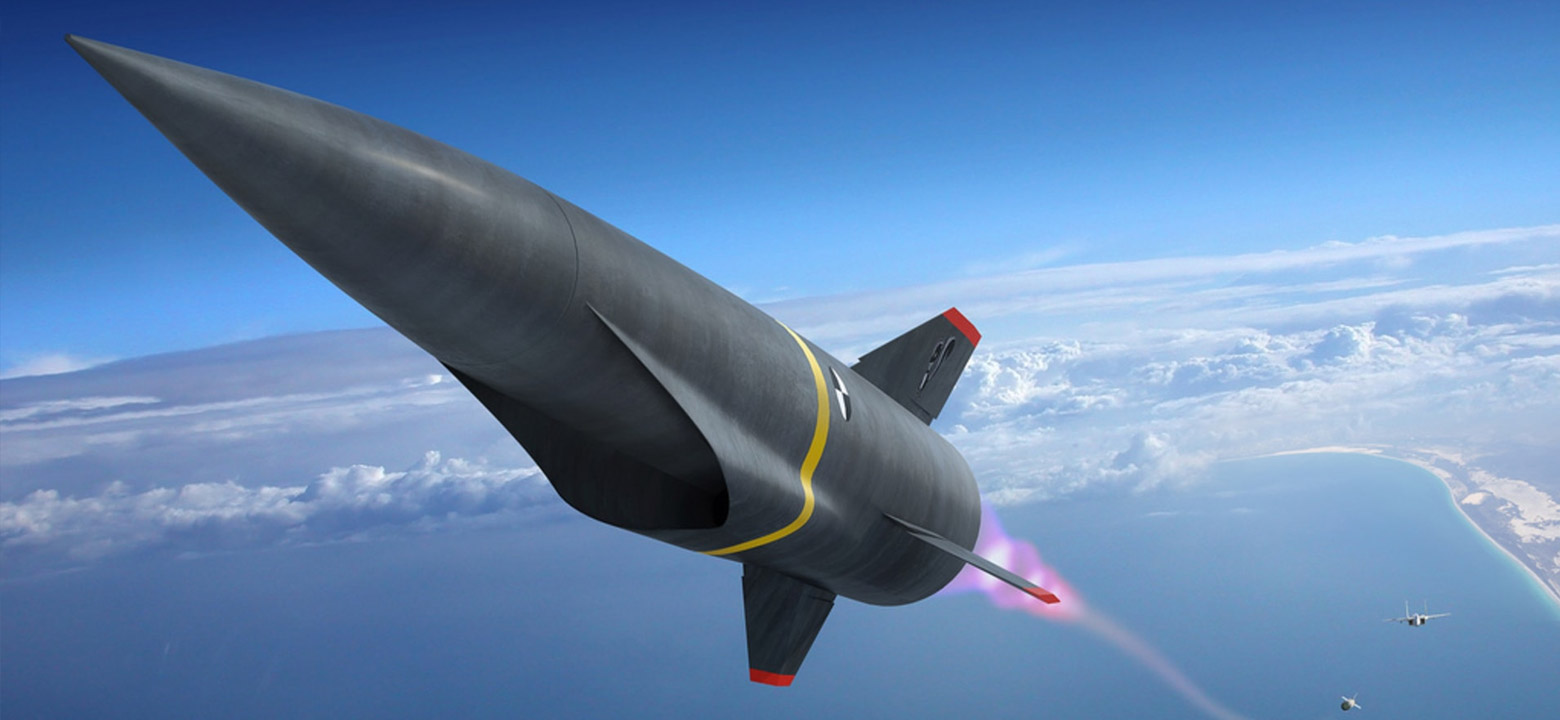
The face of warfare is changing. Less and less of it involves using ground troops, and many countries have even implemented advanced air defense systems to protect from missile attacks. For years, the U.S. has emphasized the War on Terror, potentially to the detriment of new offensive capabilities. As other world powers begin focusing on creating hypersonic weaponry, it's important for the U.S. to keep pace—both offensively and defensively. In response, the U.S. military and Lockheed Martin are working to create cutting-edge weaponry for modern war.
Hypersonic weapons are missiles capable of flying at five times the speed of sound, roughly one mile per second. It allows them to cover far more ground in far less time, as well as evade any current defense system. Right now, these weapons come in two types: hypersonic cruise missiles, and boost-glide weapons. Hypersonic cruise missiles are improved versions of existing missiles, which use rockets or jet propulsion to achieve high speeds. Hypersonic boost-glide weapons get launched high into the upper atmosphere by regular ballistic missiles, then release special hypersonic glide vehicles capable of flying faster and lower than typical re-entry vehicles.
Hypersonic weaponry has essentially given rise to a new arms race. As mentioned above, part of the appeal of these missiles is their ability to effectively outrun air defense systems. That means that, as these weapons are developed, countries are engaged in a simultaneous race to create a means of defending against them. Hypersonic boost-glide weapons, in particular, present significant difficulty here—to a target, the glide vehicles move far less predictably than a regular re-entry vehicle, and can't be detected by radar until they've nearly reached their targets. With countries like Russia and China already hard at work to create these weapons and defense systems, the U.S. military has to follow suit if it's going to keep up with the rest of the world.
OpFires, or the Operational Fires program, is intended to create and demonstrate a hypersonic weapons system involving a ground-launching system and hypersonic boost-glide weapons. An effort of the U.S. Army and Defense Advanced Research Projects Agency, the proposed weapon will be able to deliver a variety of payloads. That said, Michael Griffin, the U.S. Defense Department's undersecretary of defense for research and engineering, theorizes that they may be more effective if they don't carry nuclear warheads. Right now, the U.S. is hoping to rely on the impact of a metal warhead traveling at high speeds. Unlike a nuclear weapon, this means that OpFires must turn out a weapon that is capable of striking with incredible accuracy.
Recently, Lockheed Martin was awarded the contract to continue to the third phase of OpFires. Phase one concluded in 2019, while phase 2, consisting of testing and further development of various parts of the project, is going on now. Phase three, schedules to take place in 2022, will entail combining the parts into an operational weapon system. Ideally, the project will result in a very maneuverable, hard-to-detect, rapid response weapon that can be launched from the land, sea, or air in order to quell threats.
Marcia Holmes, deputy director of the Army’s push for hypersonic weaponry, told interviewers that the U.S. had initially chosen not to weaponize its hypersonic capability. As other world powers have opted to do otherwise, the U.S. now faces a potential imbalance that it needs to work on. Right now, that means going full steam ahead with the OpFires program.
At the moment, nobody else has a verifiable, fully developed, operational hypersonic weapons system. The U.S. is the world leader in hypersonic technology, but much of the military's research and development has been turned toward fighting the War on Terror. Russia has tested Avangard and claims that it's ready for use, and China debuted its hypersonic surface-to-surface missile in October of 2019. These demonstrations aside, it's not yet clear how many of these systems exist, how ready they are for actual deployment, and whether or not other necessary components (like sensor networks) are in place. So, even though they may have weapons to show, it's not yet known if they're actually usable.
Warfare is always a race. Once someone develops a new, innovative weapon or defense system, it's instantly a rush to see who can create a better one. While the U.S. is the world leader in hypersonic technology, much of the military's emphasis has been on counterterrorism efforts. With Lockheed Martin's participation in the Operational Fires program, the U.S. will have an operational hypersonic boost-glide weapon capable of covering hundreds of miles in minutes, and remaining virtually undetectable until it reaches its target.